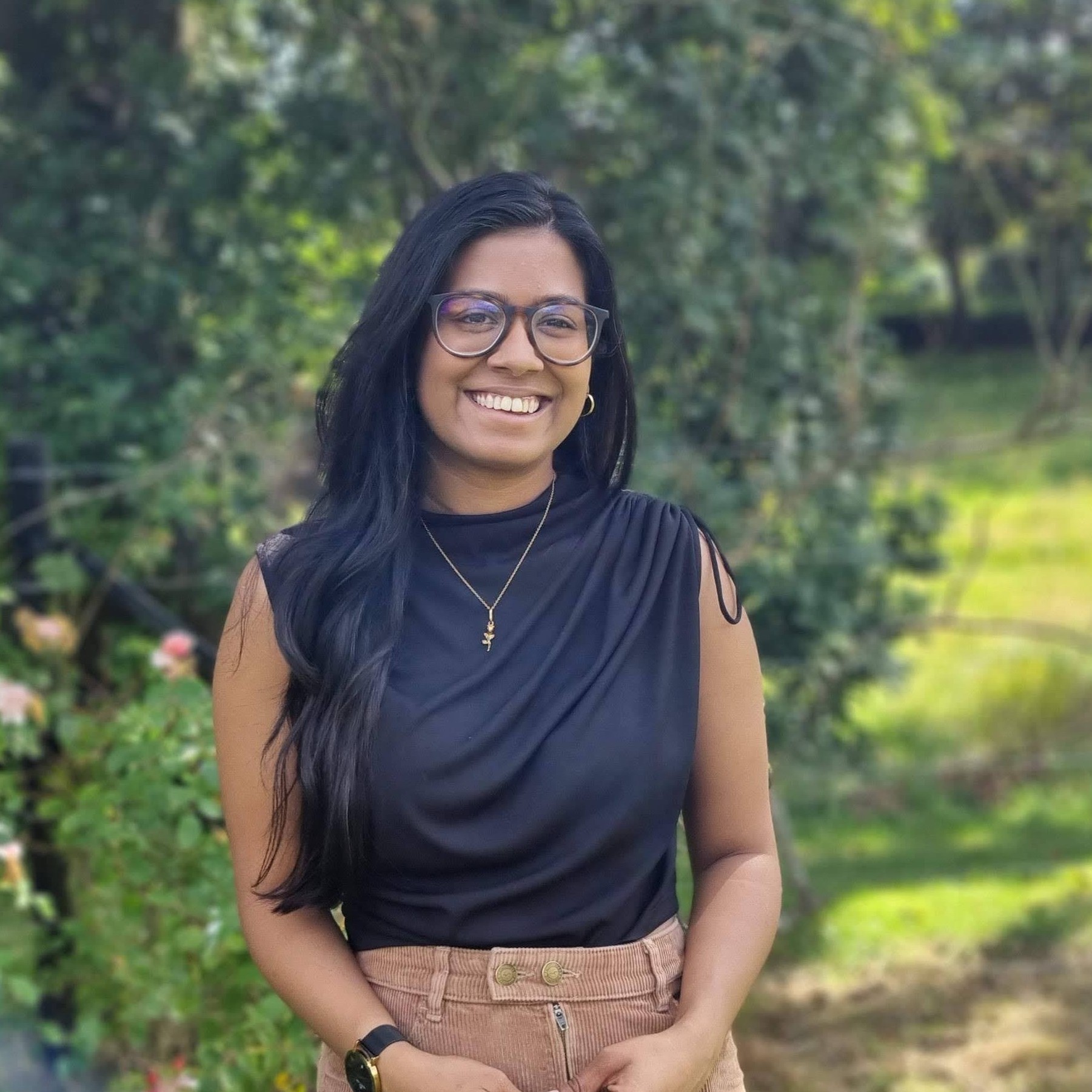Maya McCrae talks about how young women are more likely to be impacted by imposter syndrome, and her experience of this in the workplace.
- 30 Under 30
- Work and careers
- Young Women Work
Estimated reading time: 5 minutes
In this article, Tasnim Hassan, a Disabled researcher-activist, talks about the important connection between disability justice and feminist movements. She gives an introduction on how these areas connect and presents a call to action so we can come together to create meaningful change for Disabled women and girls.
If the spaces, communities or movements we belong to, claim to be truly committed to genuine change, this must include all of us – no matter our identity, background, or circumstances. This is especially important because, as Audre Lorde said, we don’t live lives defined by just one issue. This journey comes with its challenges and takes time – but we have a responsibility to each other, and through that, we can truly centre solidarity.
Disability Justice is universally based on the principle of ensuring equal rights and opportunities for Disabled people. Most often, this is closely associated with accessibility – for example, the social model of disability puts the attention on and actively addresses these very barriers. This framing is so important because it shifts the focus from individual impairments to barriers themselves, which we can collectively work to dismantle.
For me, disability justice goes further – it centres care for our bodies and minds – recognising that every part of us matters and to embrace all of who we are by taking in both our challenges and strengths. A really important source of inspiration comes from Sins Invalid, a community-based disability justice arts organisation ran by a collective of people who are Disabled, Black, Indigenous, queer, trans, and non-binary, who developed the 10 Principles of Disability Justice. Some key points are below:
There are certain barriers and opportunities that come together based on this crossover of multiple aspects of our identities. Based on how these things overlap and intersect with each other is called intersectionality (a term introduced by legal scholar, Kimberlé Crenshaw) which looks at how these things shape our experience in terms of whether we either benefit (privilege) or face unfair treatment (oppression). Here are some examples illustrating intersectionality, focusing on Disabled women:
The goal is not to ‘add up’ parts of identity but instead to understand how they intersect. Overlapping factors create unique challenges that would not be clear if viewed separately, as women’s experiences are shaped by both gender and other aspects of their identities.
One of the principles mentioned earlier is ‘cross-movement organising’ (working collaboratively with a range of social movements), and within this, we must consider how to better incorporate intersectional disability justice into the feminist movement. By doing so, we can better address the diverse needs and challenges of Disabled women, ensuring that all women are fully recognised, included, and empowered across social justice movements. These questions below aim to encourage deeper reflection and spark important conversations, pushing us to think about how we can make our efforts stronger and more inclusive:
When we stand united, our collective strength drives meaningful change.
Helpful resources and links:



Tasnim, based in Dundee and part of our 30 under 30 2024 list, is a researcher-activist and consultant with a particular interest in intersectional disability justice. Her research interests encompass critical disability studies, inclusive research design, intersectionality, systems thinking, and participatory practices. Her doctoral research at Durham University explores the experiences of Disabled Black and Brown people across the UK using mixed methods. Check out Tasnim’s 30 under 30 profile, and find her on LinkedIn.
Maya McCrae talks about how young women are more likely to be impacted by imposter syndrome, and her experience of this in the workplace.
Emma Roberts talks about the importance of mentorship, training, and employee networks for young women in the workplace, particularly in STEM roles.
I only recently learnt that I am autistic. And even though I experience Alexithymia (sometimes I struggle to identify, recognise and then communicate my emotions), my feelings about late discovery are contradictory, conflicting and colossal.
In July 2024, Scotland was the first of the four nations of the United Kingdom to incorporate the UNCRC. This means children’s rights are now protected under Scots Law. This was celebrated as a historic moment: Scotland was leading the way. But what about adults?